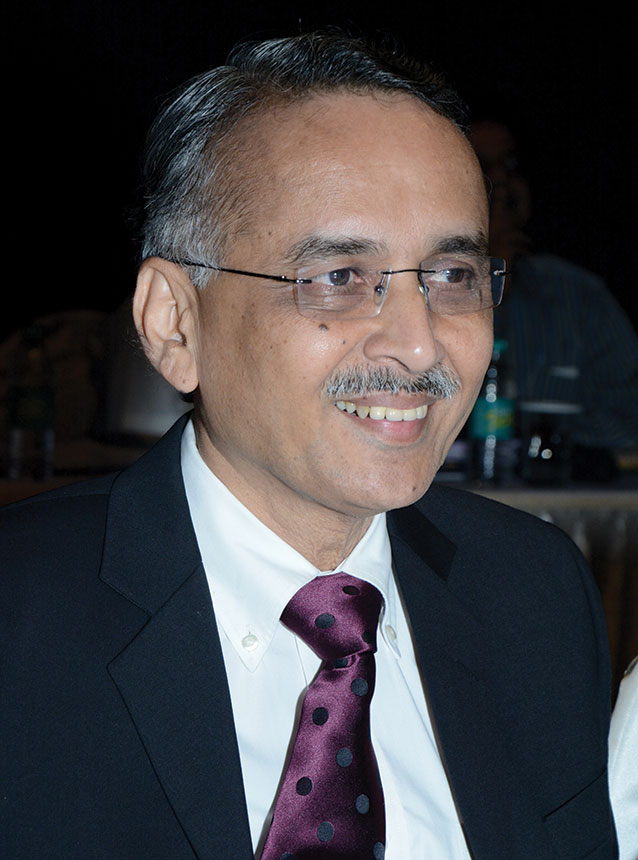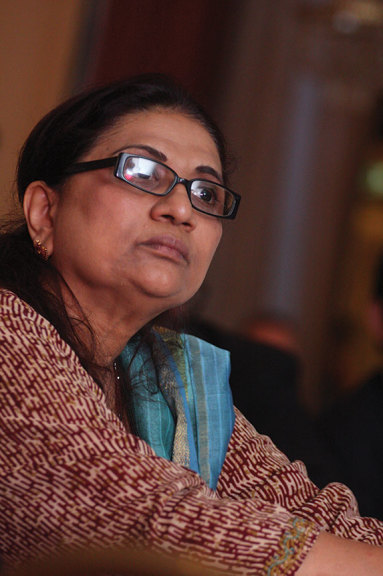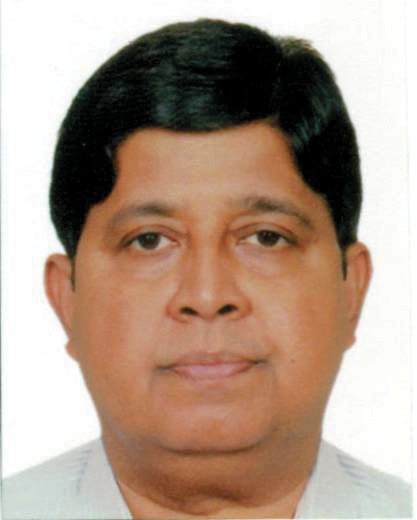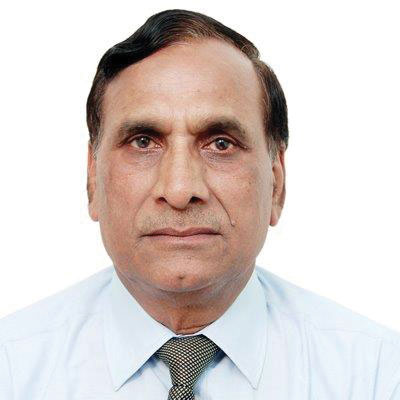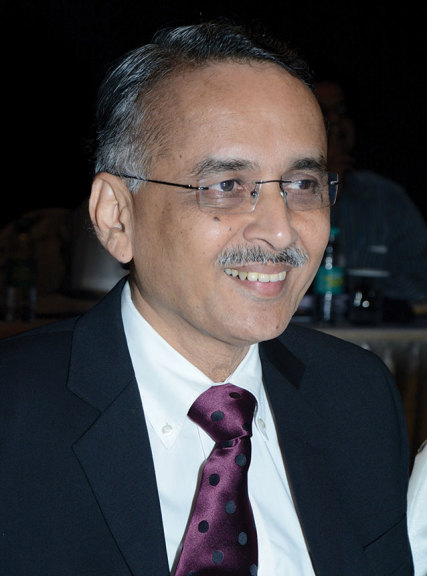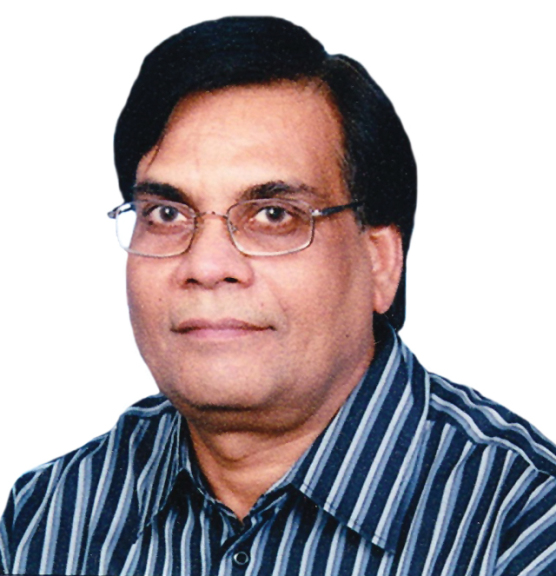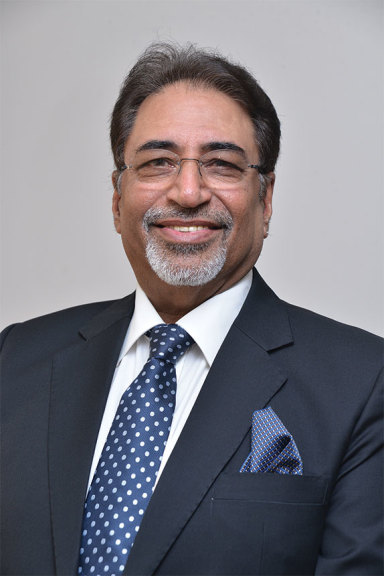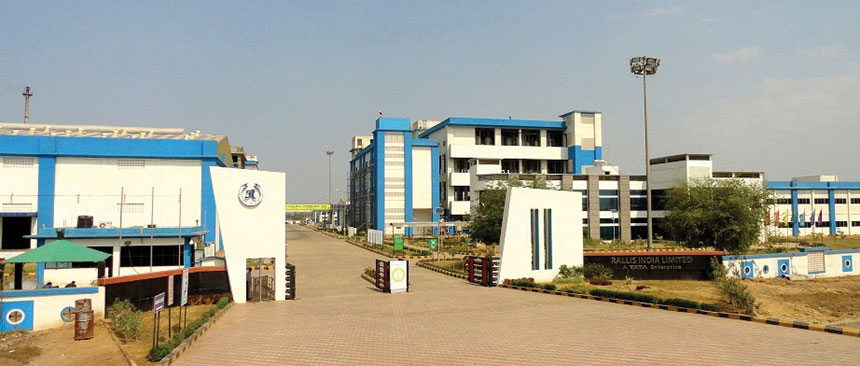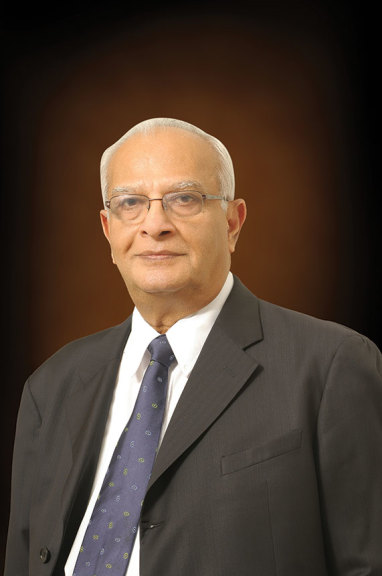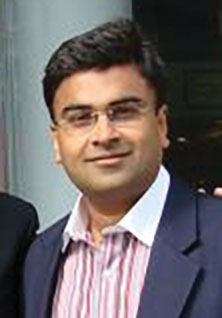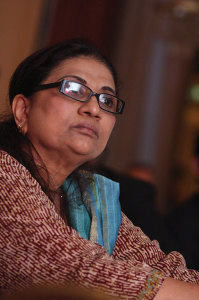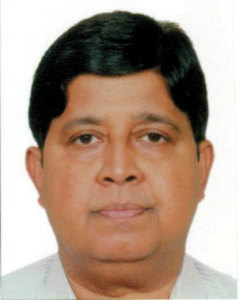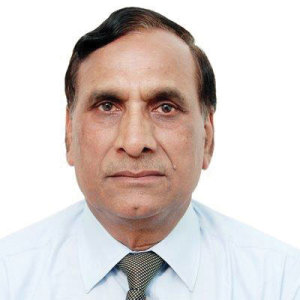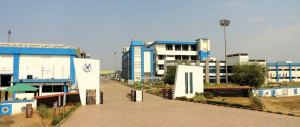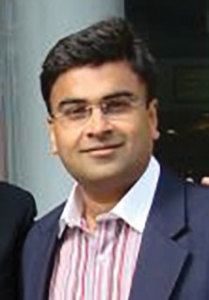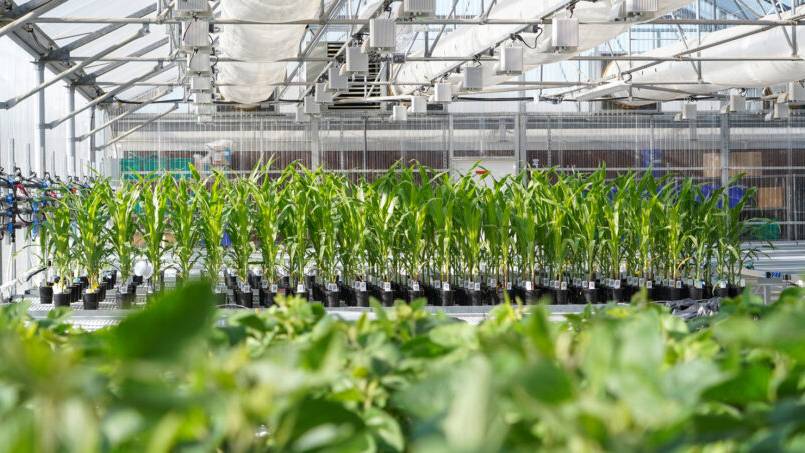India and The Big Shift: Part 2
Editor’s Note: This is part 2 in a three-part series; see part 1 and 3 in the coming weeks at farmchemicalsinternational.com. Watch for the full report in the October issue of Farm Chemicals International magazine.
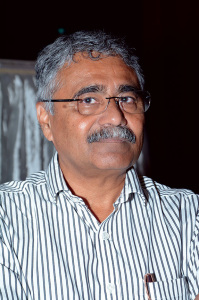
Dipesh Shroff, Managing Director, Excel Crop Care Limited
How has the endosulfan ban in India led Excel to rethink its strategy? What factors came into play?
Undoubtedly, endosulfan was the leading product for Excel Crop Care until May 2011, when India’s Supreme Court imposed an interim ban on its manufacture. It was an unexpected development as the Stockholm Convention had just agreed to a 10-year phase-out of the product. Although it was our leading product, we had many other products in our portfolio ranging from insecticides, herbicides and fungicides to metallic phosphides. Other insecticides in the portfolio such as chlorpyrifos and profenophos had used a profile similar to endosulfan. We realigned our marketing strategy and repositioned these insecticides to capitalize on the extensive distribution channel and farmer reach. This had to be done through increased efforts and additional investments on market promotion.
Can you describe how the business turned around? Was there any change in culture and leadership?
All efficient companies turn challenges into opportunities. In spite of the sudden stoppage of both the endosulfan plant and in-house production of raw materials for the product, management decided not to reduce employee head count. This improved the determination of our manpower to put their best foot forward in the post-endosulfan recovery phase. The company had a number of technologies developed in the past that were not fully commercialized, so a quick action plan was drawn to match the technologies available with assets rendered surplus due to the closure of the endosulfan plant. This led to recommencing manufacture of triazophos technical and imidacloprid technical in 2013.
The need to improve prices of our other products became evident, so margins were improved through price revisions as well as cost reductions. Employees responded to the new demands of the business and efficiency. The only change brought about in management was to reallocate portfolios at the senior level based on past experience and expertise.
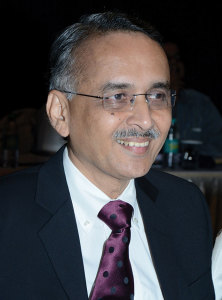
Ninad Gupte, Joint Managing Director, Excel Crop Care Limited
Can you discuss any plans for manufacturing capacity expansion, and for which products?
Excel’s technical staff is attuned to the culture of improvising manufacturing processes on an ongoing basis. Such actions led to de-bottlenecking of capacity for chlorpyrifos, glyphosate, aluminum phosphide and profenophos with minimal investments. We have new products in our range such as tebuconazole, fenpyroximate and fluroxypyr – the capacities of which will be increased as the market expands.
How has India’s crop protection market evolved and what role do you see your company playing?
India’s crop protection industry is on a growth trajectory. The insecticide market for cotton has moved from caterpillars to sucking pests, for which our range of insecticides is well-suited. Also, consumption of herbicides has increased due to awareness among farmers who struggle with scarce manpower. The company’s general-purpose herbicide, glyphosate, benefits.
Additionally, Excel is known for its farmer orientation and farmer education, and plans to augment resource allocation for this. While new chemistries are introduced in India, the farmer also appreciates the utility of generic molecules given the diversity of concurrent crops and growth stages and current level of spraying techniques.
What new products and news on exports/registrations would you like to highlight?
Excel is exploring manufacturing new products with our existing raw material base and known technologies. We are also considering the availability of critical raw materials from the group companies, and are exploring plans to manufacture new products in the neonicotinoid, organophosphorus, triazole and pyridine categories. Post-harvest grain storage and plans to offer various formulations and delivery systems for aluminum phosphide and zinc phosphide are also being considered.
As combination products are gaining acceptance among Indian farmers, Excel plans to introduce a variety of these products based on active ingredients currently manufactured or that are in the registration process. We are also focused on launching innovative formulations of AIs and have already begun marketing patented formulations of imidacloprid and tebuconazole. Excel over the years has made substantial investments in data generation for molecules, and this will continue. We plan to offer additional products to highly regulated markets such as Europe and Brazil.
Excel is a pioneer in introducing biological and soil nutrition products in India, including sulphur-based products and other advanced products based on support from overseas suppliers. The company has started in-house production of Trichoderma harzianum and Pseudomonas – both biological fungicides – and we plan to launch more biological pesticides.
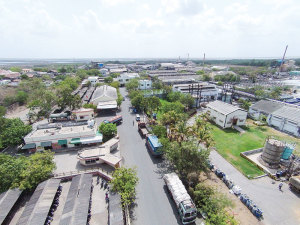
Excel Crop Care headquarters
How is the Chinese supply shortage situation affecting your business and how are you dealing with it?
Excel is in unique position wherein more than 50% of its exports are comprised of branded products. The brand equity in developing markets such as Africa and parts of Asia help the company to successfully ward off Chinese competition.
Excel has, through its Chinese office, made efforts to identify reliable Chinese manufacturers that keep long-term commitments. We have forged such arrangements with mutual trust and hence do not face difficulties in sourcing required quantities. We have also made efforts to identify intermediate suppliers that do not manufacture the final AI, and intermediates that are manufactured within the group companies help us to be a reliable partner.
How much further do you believe India has to go to catch up to China in terms of manufacturing capacity and efficiency?
The infrastructure in China is far superior to the one available to the Indian manufacturers. Policy decisions are implemented quickly, which supports Chinese manufacturers in general and more specifically in the chemicals segment, and China is backward integrated for various chemicals.
The Chinese chemical industry is a heterogeneous mixture of highly organized as well as disorganized small companies. The scale of operation is much higher compared to India, and environmental control legislation is still in various stages of implementation. While Chinese manufacturers are way ahead in terms of production capacities, availability of building blocks, diversity of technology and number of producers, Indian manufacturers score on account reliability, transparency and availability of registration data. In short, China will remain a formidable competitor for years to come but at the same time offers opportunities for Indian companies to cash in on their own advantages.
—————————————————————————————————————–
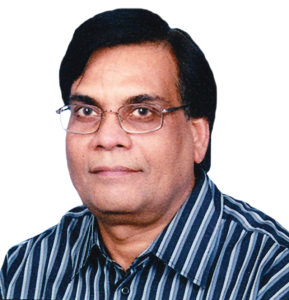
“The biggest challenge our company and the Indian agro-industry in general is facing is the need for simplified and transparent registration norms for domestic and export marketing.” –Dr. Kailash N. Singh, Vice President, Gharda Chemicals Limited
How has India’s crop protection market evolved and what role do you see Gharda playing?
The Indian crop protection market was estimated at $3.8 billion (import and domestic) in FY 2012 and is expected to grow at approximately 12% per year to reach $6.8 billion by FY 2017. Even distribution of 50% export and 50% domestic consumption is likely to change with exports to grow at 15% to 16% per year while domestic demand is expected to grow at 8% to 9%. Biopesticides represent 4.2% of the overall pesticide market and are expected to grow at 5% to 6% in the coming years. The market is still dominated by insecticides (approximately 65%) considering its tropical climatic condition and high cultivation of paddy, cotton, sugarcane and other cereals. Herbicides and fungicides account for 16% and 15% of consumption, respectively. Rodenticides/nematicides are about 4%. Growth is expected in herbicides considering the increasing farm labor wages and non-availability of farm laborers.
Gharda also has kept in line with emerging trends and we are strengthening our portfolio with a number of insecticide combination products for cotton, rice, sugarcane and pulses, as well as our herbicide portfolio with new products like bispyribac sodium and dicamba for the domestic market.
With steady growth over five years, the company has reached $275 million (Rs. 1,650 crores) and we expect to achieve $600 million by 2017 after the launch of dicamba in genetically modified soybean and cotton in the U.S. and Canada. We see business expanding in Latin America in general and Brazil in particular. We also expect new registrations and entry into the branded formulations business in the U.S. and the domestic market.
What else can we expect to see from Gharda?
Better and far-reaching global coverage, wider product range keeping in line with quality and consistent supplier image built over many years.
Are there new products and news on exports/registrations you would you like to highlight?
Recently we obtained registrations of fipronil tech and formulation in Australia; fipronil and cypermethrin tech in Brazil; and chemical equivalence for dicamba, metamitron and fipronil actives in the EU. This will lead to considerable export growth. We also launched diflubenzuron in Brazil which can effectively be used in the control of Helicoverpa armigera in Brazil by managing host cross-over from one crop to others. In addition, we received a number of combination product registrations in India to cater to various crop sectors. This will augment our captive business.
Can you comment on your plans to expand capacity?
Considering the upsurge in demand for chlorpyrifos, dicamba, fipronil and diflubenzuron, Gharda is expanding capacity for dicamba, and is self-reliant in intermediates that go into making these actives.
How is the Chinese supply situation affecting
your business?
For almost 80% of raw material requirements, Gharda is self-reliant or sources from suppliers other than China. Gharda procures through two to three suppliers in China three major raw materials: DETC, trichloropyridinol and dimethyl carbonate. These are leading suppliers, and with newly implemented environmental regulations, prices have gone up by 50% to 60% but with no interruption in availability at present.
For various reasons, Gharda currently sees opportunities more than threats, since we have a consistent back-up team and non-infringing and economically viable manufacturing processes for proprietary products like fipronil and indoxacarb. There is also a huge capacity for chlorpyrifos, dicamba and a range of pyrethroids, which have export potential. We see export opportunities on the rise as well as increased in-house demand with curtailed or high-priced supplies from China.
How do you view the shift in sourcing to India from China?
The current climate has helped Gharda strengthen its image as a consistent and strong player as an exporter. It will open up a few cost-competitive markets of South America and Southeast Asia, which were otherwise dominated by supply from China. For fipronil and indoxacarb we can fill the void better than anyone currently in the game either from China or elsewhere.
Do you have any further plans for the domestic market?
In addition to the new combination product registration mentioned earlier, we have new herbicide registrations in the near future and re-registration of chlorpyrifos and cypermethrin. Gharda is geared up to double its formulation business in the next two years to about $100 million.
Can you talk about some of the biggest challenges right now and how you are addressing them?
The biggest challenge our company and the Indian agro-industry in general is facing is the need for simplified and transparent registration norms for domestic and export marketing. There also needs to be cohesive and complementary efforts among government, regulators and industry associations to keep up with growth momentum, increased technical manpower/inspectors by regulators for judicious monitoring and control over pesticide use, misuse and overuse. There also needs to be better control over the epidemic of spurious and spiked biopesticides.
—————————————————————————————————————-

Jayesh Dama, Managing Director, Hemani Industries Limited
How has India’s crop protection market evolved and what role do you see Hemani playing?
India is the fourth-largest producer of pesticides in the world after USA, Japan and China and has consistently ramped up facilities for crop protection production. Hemani is among the fastest-growing agrochemical companies in India. We have doubled our turnover every year since 2010-11. We have been one of the biggest suppliers of pyrethroid raw materials and these remain an integral part of our portfolio. Currently almost 80% of our business comes from exports. A major portion of our business consists of technical, but we started EC formulations two years ago, and we have plans to start SC and WDG formulations in the coming months. We expect to continue robust growth in coming years with registrations coming through in Latin America, Europe, CIS and Asia and introduction of new products.
What more can we expect to see from Hemani in the coming months?
We are going to launch four new products this year: zeta-cypermethrin, hexaconazole, dicamba and metribuzin. Our products will be backed by GLP data and customers all over the world can expect complete and good quality dossiers in all our products. We have also launched a new grade of metamitron technical called micronized metamitron, which will be very helpful for those formulators who do the metamitron SC formulation.
We are going to keep on building up our product portfolio, especially the herbicide and fungicide range. At the same time we are constantly improving quality in our core group of product: pyrethroids. We produce consistent-quality cypermethrin, permethrin, alpha-cypermethrin, lambda-cyhalothrin and other pyrethroid actives.
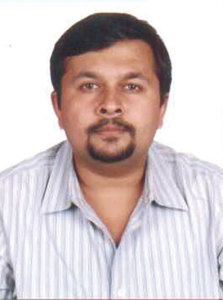
Amit Momaya, Regional Head-Americas, Europe and CIS, Hemani Industries Limited
Can you comment on your plans to expand manufacturing capacity?
As of now our plants are running at 100% capacity, and we plan to expand capacities in most of our intermediate and technicals in a phased manner in the coming years.
How is the Chinese supply situation affecting your business?
Most of our raw material for our pyrethoid range is manufactured in-house with a very small portion being bought locally, so our imports from China are minimal. As we add new products to our range, obviously we will need certain raw materials in which China is strong. Hence we expect our imports to grow. The Chinese supply situation is definitely a burden on most producers in the world, but we believe that tougher environmental laws will provide good-quality products to consumers – be it farmers or intermediate consumers like us. Although prices are rising, there will be fewer cyclical changes, which will help consumers make buying decisions without fear and reduce speculation in the market.
How do you view the shift in sourcing to India from China?
The interest in India is exciting and Indian companies are ramping up facilities and introducing new products, which is good for the market. At the same time, China is and will always remain an important producer and we expect that to continue, but India’s role in terms of world agrochemical space will definitely go up.
What opportunities are you seeing in the domestic market?
India is among the top five countries in agricultural land with almost 200 million hectares. With rising incomes and a huge middle-class population, demand for food is rising and people are demanding better-quality food. Higher commodity prices results in more money for farmers and thereby greater demand for newer and better agrochemicals.
What is the biggest challenge right now and how is Hemani addressing it?
Being a recent entrant to the business, the regulatory climate in some of the big markets is a challenge. The entry barriers in terms of time to get registration and the cost of registration really prohibit any new manufacturer to enter these markets. Our competitors who have been in the market – some for more than 50 years – already have a head start. The only thing we can do for this is to generate data of top quality and have a good regulatory team. We ensure that the dossiers we submit either directly or via our customers are top-notch, and that definitely helps speed up the process.
—————————————————————————————————————–

R.K. Malhotra, President and Chief Executive, Indofil
How has India’s crop protection market evolved and what role do you see Indofil playing?
The Indian crop protection market was traditionally dominated by insecticides but the introduction of GM cotton in the last decade changed the dynamics of the industry forever. High labor costs are further paving the way for increased usage of herbicides and the need for biotechnical solutions in crop cultivation. Today, the growth of Indian crop protection market is primarily driven by strong and growing demand for food, supporting government policies and labor shortages coupled with needs for higher productivity. Production is moving toward commercial crops, fruits and vegetables, which will potentially drive higher incomes for farmers.
Indofil has aligned its strategies to fit well in the changing environment. First, the company focused more on identifying needs of the farming community and shifted focus from crop protection to a “crop care” concept. Parallel to that, we identified as focus crops for extension activities while the product portfolio was developed to provide specific solutions for those focus crops. The company had a 16% CAGR in the last four years to reach $238 million in March 2014, and the goal is to reach $1 billion in the next five years.
What can we expect to see from Indofil in the coming months?
With our crop care concept in mind, Indofil has made organizational changes to introduce global vertical heads for insecticides, herbicides and fungicides. After analyzing international and domestic data on crop protection and farming trends, the team has identified the right product basket for global development. A separate nutrition portfolio is being introduced initially for the domestic market, and a multipurpose plant is under construction.
What new exports/registrations would you like to highlight?
Indofil has a program for multiple products which are either under data generation or under registration process in various countries. Brazil, EU and few Asia Pacific countries have been identified as priority for registration efforts.
Can you comment on your plans to expand capacity?
As a major step toward backward integration, Indofil has begun production of a key raw material for mancozeb, CS2, in its joint venture [with Shanghai Baijin Chemicals Group] which has a yearly capacity to produce 60,000 metric tons. The plant meets the highest safety standards and is a zero-discharge facility. A 4,000-tonne synthesis plant is also under construction in Dahej to manufacture multiple products. It is expected to be completed in 2015 and is a state-of-the-art production facility with a world-standard environmental health and safety (EHS) compliance system.
How is the Chinese supply situation affecting your business?
Indofil is not much affected as we always have developed a manufacturing model independent of import of raw material. Indofil also has strong collaborations with very reputed Chinese manufacturers for the rest of its import needs.
India is always been preferred by customers for product quality, commitment and supply guarantee. The changing situation in China is offering increased opportunities to Indian manufactures who are investing in EHS and registration dossiers.
In the domestic market what opportunities are you seeing?
Although there was a slight slowdown in the last two to three years, the overall Indian economy has been growing reasonably well in the last decade. The contribution of agriculture to the total GDP is healthy. With the formation of the new government, improving productivity in agriculture is a big focus. The change is evident from growing consumption of all essential commodities and to some extent, luxuries. The change in food habits and standard of living are providing opportunities in overall crop care, product delivery, farm mechanization, sanitation and public health.
Can you talk about some of the biggest challenges and how Indofil is addressing them?
The future opportunities are enormous. There will be increasing need to enhance our reach to final customers due to the revolution in communication and media. The industry will be under greater pressure from regulatory for safe use and environmental protection.
You need human resources with different skills and technology to manage additional challenges. Indofil has already initiated various programs on knowledge acquisition, talent management, advance analytics, data management systems, as well as increased spending on EHS and R&D. Indofil is also collaborating with likeminded partners for technology development.

